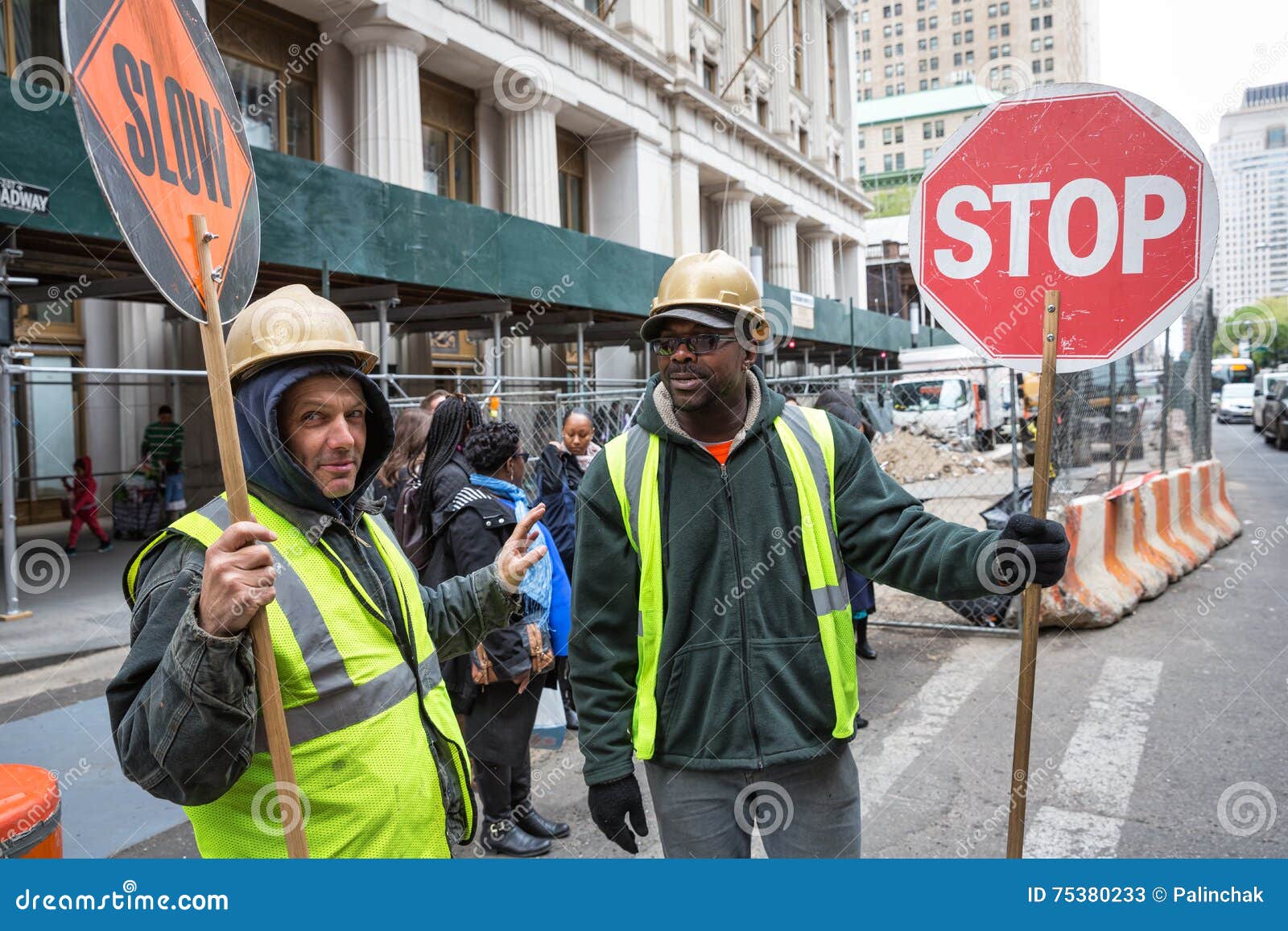

The basic traffic rules are defined by an international treaty under the authority of the United Nations, the 1968 Vienna Convention on Road Traffic. These rules govern interactions between vehicles and pedestrians. These rules usually apply to all road users, though they are of special importance to motorists and cyclists. Rules of the road and driving etiquette are the general practices and procedures that road users are required to follow. This traffic control podium can retract back to road level when not in use. Rules of the road Traffic controller on Michigan Avenue in Chicago, Illinois Traffic control in Rome, Italy.

Broadly, the term covers many kinds of traffic including network traffic, air traffic, marine traffic and rail traffic, but it is often used narrowly to mean only road traffic. Suggestions include Catalan trafegar "decant", an assumed Vulgar Latin verb transfricare 'rub across', an assumed Vulgar Latin combination of trans- and facere 'make or do', Arabic tafriq 'distribution', and Arabic taraffaqa, which can mean 'seek profit'. The origin of the Italian words is unclear. The word traffic originally meant "trade" (as it still does) and comes from the Old Italian verb trafficare and noun traffico. Simulations of organized traffic frequently involve queuing theory, stochastic processes and equations of mathematical physics applied to traffic flow.Įtymology and types Congestion in St. A complete breakdown of organization may result in traffic congestion and gridlock. On particularly busy freeways, a minor disruption may persist in a phenomenon known as traffic waves. Events which disrupt the flow and may cause traffic to degenerate into a disorganized mess include road construction, collisions, and debris in the roadway. Organization typically produces a better combination of travel safety and efficiency. Some jurisdictions may have very detailed and complex rules of the road while others rely more on drivers' common sense and willingness to cooperate. Different classes may share speed limits and easement, or may be segregated. Traffic is often classified by type: heavy motor vehicle (e.g., car, truck), other vehicle (e.g., moped, bicycle), and pedestrian. Traffic is formally organized in many jurisdictions, with marked lanes, junctions, intersections, interchanges, traffic signals, or signs. Organized traffic generally has well-established priorities, lanes, right-of-way, and traffic control at intersections. Traffic laws govern and regulate traffic, while rules of the road include traffic laws and informal rules that may have developed over time to facilitate the orderly and timely flow of traffic. Traffic comprises pedestrians, vehicles, ridden or herded animals, trains, and other conveyances that use public ways (roads) for travel and transportation. JSTOR ( June 2012) ( Learn how and when to remove this template message)Ĭrossing from Fort Lee, Bergen County, New Jersey, into Manhattan in heavy automobile traffic on the George Washington Bridge, the world's busiest motor vehicle bridge, transporting approximately 300,000 cars and trucks daily across the Hudson River.Unsourced material may be challenged and removed. Please help improve this article by adding citations to reliable sources. This article needs additional citations for verification.


 0 kommentar(er)
0 kommentar(er)
